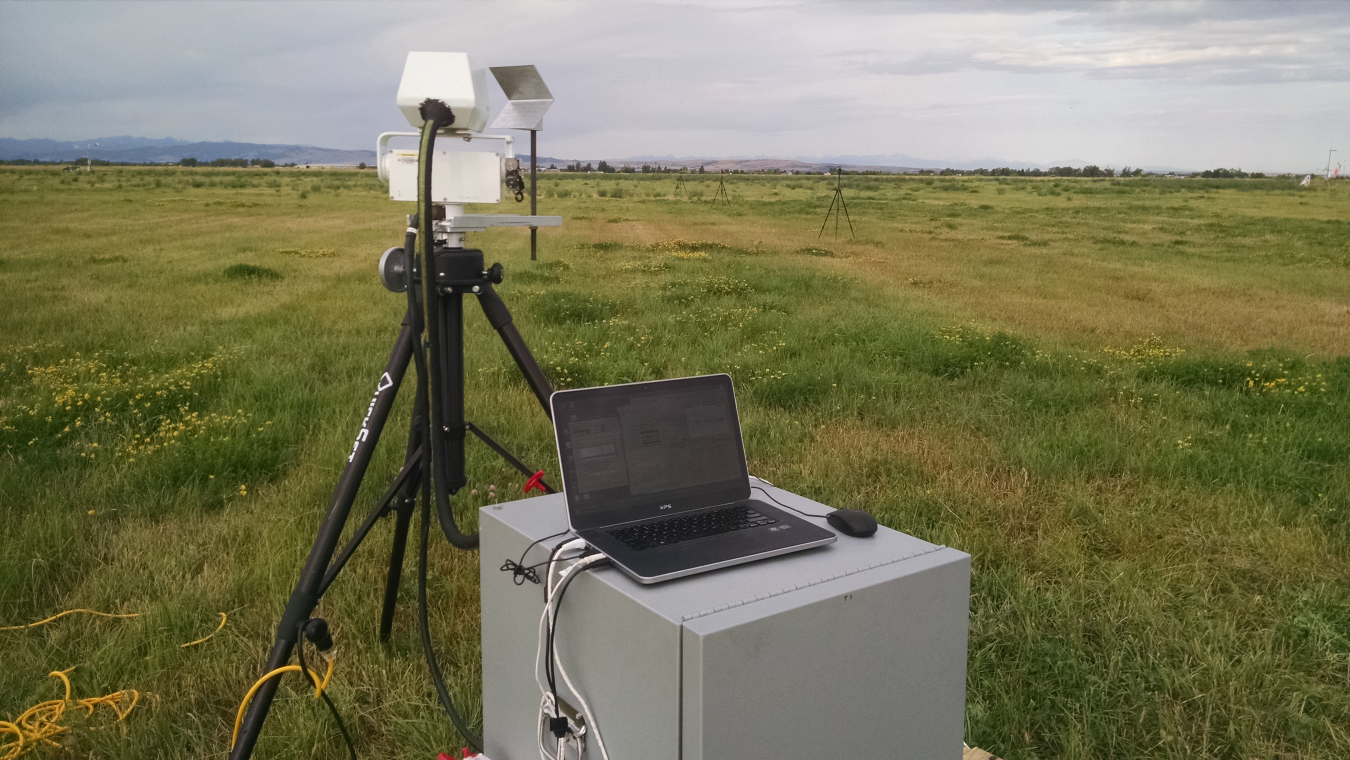
Photo courtesy of Exelis
A project that uses lasers to monitor carbon dioxide (CO2) is being analyzed as part of the U.S. Department of Energy’s (DOE) drive to improve greenhouse gas-monitoring abilities at CO2 storage sites. The project is managed by the DOE Office of Fossil Energy’s National Energy Technology Laboratory (NETL).
A multipoint laser-based system called GreenLITE was installed at an operational carbon storage site in Decatur, Illinois to provide around-the-clock monitoring to detect potential leaks. The site is adjacent to an ethanol production facility where 1 million metric tons of CO2 have been captured over the past three years and transported for storage underground.
The laser-based system was developed, installed, and is being monitored by Exelis, an aerospace, defense, information, and services company based in Virginia.
The monitoring project is part of the DOE’s larger program to advance carbon capture and storage (CCS) technologies. Capturing CO2—a greenhouse gas—and transporting it for safe and permanent storage in underground geologic formations is a promising approach for reducing CO2 emissions from new and existing coal power plants, as well as large industrial sources.
A critical requirement of CCS is to ensure that underground carbon storage is safe, environmentally secure, and effective. DOE funds projects like GreenLITE to verify that potential CO2 releases do not occur at storage sites.
According to Exelis officials, the GreenLITE system runs autonomously and can send text message updates. The system provides real time 2D concentrations of CO2 via the internet, allowing for faster corrective reaction times compared to those allowed by current technology that relies on monitoring with handheld devices. Currently, it can take as long as a month for data to be collected and analyzed.
The ongoing GreenLITE system tests are monitoring a half-square kilometer area of the storage site. Researchers are working on ways to extend the capability to cover areas of up to 100 square kilometers.
